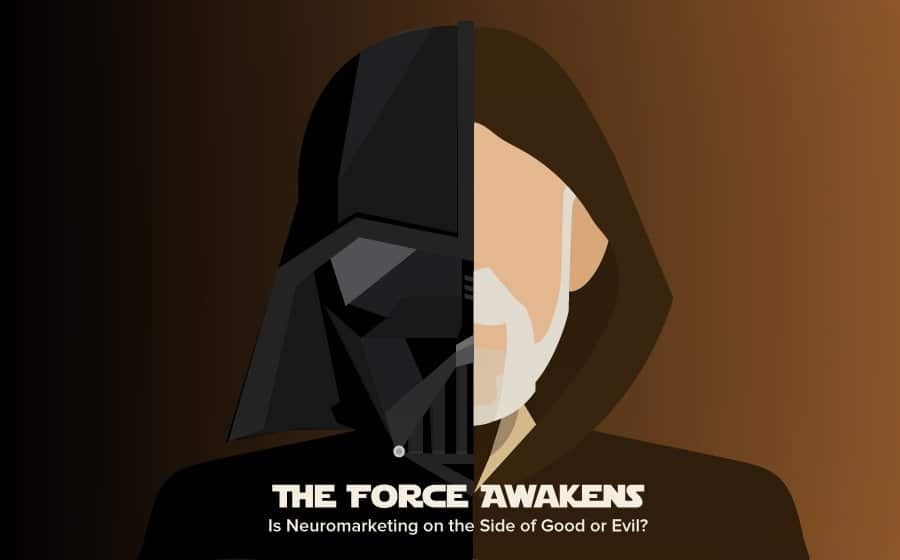The clear winner of the Super Bowl advertisement showdown in 2011 was Volkswagen. Not only did their Passat commercial about the world’s cutest pint-size Darth Vader make all 111 million viewers say “aww,” but the spot nabbed two Gold Lions and the title of Adweek’s best commercial for 2011.
No one would deny that it was a brilliant ad. It increased traffic to VW’s websites and increased Volkswagen purchase consideration–just like marketers knew that it would. See, before that adorable Darth Vader ever captured the hearts of America, he engaged the minds of a 30-person test group, conducted by Sands Research. When the test group viewed the commercial while attached to EEG machines, Sands found that “The Force” commercial tested nearly off the charts in terms of neuro-engagement.
Neuromarketing, as a science, is still in its infancy. Some are still crying foul and labeling it as junk science, but those who work in marketing know that while the results can sometimes be shaky and unpredictable, neuromarketing can increase chances of success. Perhaps the real question isn’t whether neuromarketing is viable, but whether it’s on the side of good or evil.
Predictive Neuromarketing for Good
When “The Force” commercial was tested before premiering, it lit up neurons in the brain. This denotes engagement, and it’s easy to see why: The commercial utilizes emotions like nostalgia (Star Wars nerds, anyone?) with empathy (a parent’s love), and humor (the reaction from Darth himself). By combining three different and distinct emotions, the brain engages with the stimuli, causing a positive reaction. At least, this is what researchers saw before the commercial hit the airwaves. It was a guaranteed success.
Ignoring neuromarketing altogether can cause some serious fails, too. When Gap changed its logo in 2010, Time published a piece called “Why the New Gap Logo Made Our Brains Angry.” Doing away with its classic navy-and-blue square, the brand went for an all-white logo with a lighter blue square superimposed over the ‘p’ in Gap. Unfortunately, brains are hard-wired to accept images before letters, so viewers’ brains effectively cancelled out the letter ‘p’; the logo read as “Ga.” The retailer returned back to its old logo within weeks.
Manipulation for Evil
The force of neuromarketing can be used for the dark side in some contexts. We’ve discussed the usage of neuromarketing in drug commercials in the past: A change in tone and animation is often used to distract the audience from any negative side effects a drug might have.
Consider it the elephant in the room: Neuromarketing can be used for good in a predictive role, but when it’s used purely as a distraction, neuromarketing flips to the dark side. It’s a way marketers manipulate the audience’s engagement levels to highlight good things and distract from the bad. The same tactics can be used to lull viewers into a false sense of security and make a product sound more appealing or safer than it really is.
It’s true that neuromarketing has its limitations. Because EEG electrodes are attached to the outside of the brain, researchers are able to see what type of stimuli engages a brain response, but they can’t really say why. Still, everyone can benefit from a better understanding of how the brain responds toe certain stimuli, whether it’s a car commercial or a training module. The science behind neuromarketing is still a little abstract, but there’s no denying that in the right setting, it can be a force for good in turning regular researchers into neuro-Jedis.






